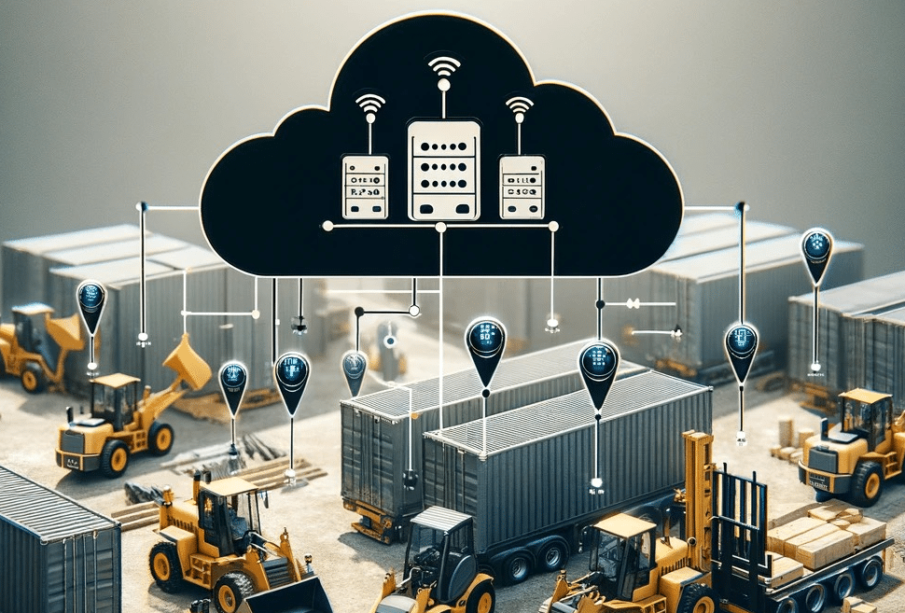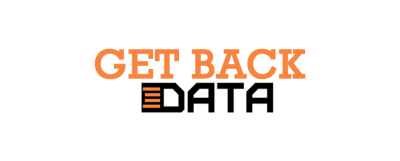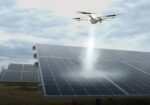How to Track Your Equipment Rentals: A Comprehensive Guide

In the dynamic world of business operations, particularly within industries reliant on heavy machinery, construction gear, or IT equipment, the process of tracking equipment rentals is paramount to maintaining efficiency, ensuring cost-effectiveness, and safeguarding against the potential chaos of mismanaged assets. This multifaceted undertaking involves more than merely noting what goes out and what comes in; it’s about comprehensively managing, monitoring, and optimizing the use of rented equipment.
The Significance of Effective Equipment Tracking
Before delving deep into the how-tos, let’s underline the why. Efficiently tracking your equipment rentals from forklift service Sydney prevents downtimes, avoids the costs associated with lost or damaged items, and enhances decision-making based on usage data and financial implications. Essentially, it’s a cornerstone strategy for resource optimization and financial health in equipment-intensive operations.
Step-by-Step Guide to Tracking Your Equipment Rentals
1. Develop a Standard Process
The first step in effective tracking is to establish a standardized process. This should cover the lifecycle of the rental, from the initial requirement identification to the final check-in. It’s crucial every team member knows the process and adheres to it, ensuring consistency in how equipment is requested, allocated, returned, and maintained.
2. Utilize a Comprehensive Rental Management System
Leverage technology to your advantage by implementing a rental management software solution. Such systems are designed to handle the complexities of tracking equipment, providing features for inventory management, scheduling, maintenance tracking, and financial reporting. The right software can offer real-time visibility into where each piece of equipment is, its condition, and its current cost implication, making it easier to manage rentals efficiently.
3. Barcode or RFID Tagging
Incorporating barcode or RFID (Radio Frequency Identification) tagging into your process can revolutionize how you track rented equipment. Each item can be scanned upon dispatch and return, automating the record-keeping process, reducing human error, and significantly speeding up the check-in/out procedures. Additionally, RFID technology permits tracking in real-time, offering insights into equipment location without manual intervention.
4. Regular Audits and Inventory Checks
Despite the automation and ease provided by technology, the importance of regular manual checks cannot be overstated. Scheduled audits and inventory checks help verify the accuracy of your tracking system and can uncover discrepancies or potential issues before they escalate. It also reinforces the accountability of those handling the equipment.
5. Implement a Maintenance Schedule
Keeping track of equipment rental doesn’t stop at knowing its location; it’s also about ensuring it remains in optimal condition. Implementing a proactive maintenance schedule, as part of your tracking process, helps in minimizing downtime and extending the equipment’s life. Moreover, well-maintained equipment is less likely to cause accidents, ensuring the safety of your personnel.
6. Detailed Record-Keeping
Accurate and detailed records are the backbone of successful rental equipment tracking. This includes contracts, receipts, maintenance logs, and any communication related to each piece of equipment. Software can assist in centralizing this data, but it’s critical to ensure the information is comprehensive and up-to-date. In case of disputes or audits, detailed records can save time, money, and legal headaches.
7. Effective Communication
Effective communication strategies, both with your rental provider and within your team, play a crucial role. Clear communication about rental terms, return policies, and usage guidelines can prevent misunderstandings. Internally, keeping everyone in the loop about the availability, location, and status of equipment ensures smooth operations and high productivity.
8. Training and Awareness
Finally, the most sophisticated tracking system in the world won’t be effective without proper utilization. Regular training sessions and promoting awareness about the importance of equipment tracking are vital. It ensures your team is not only familiar with the processes and technology in place but also understands the value of their adherence to the system.
Conclusion
In essence, the tracking of equipment rentals is a balanced combination of process, technology, and people management. It represents an investment in operational efficiency, financial diligence, and resource optimization. By following the steps outlined in this guide, businesses can establish a robust system that safeguards their interests and enhances their operational capabilities, ensuring they remain competitive and prepared for the challenges of tomorrow.
In the fast-evolving landscape of business operations, adaptability, efficiency, and strategic management of resources set the foundation for success. As such, mastering the art of equipment rental tracking is not merely a beneficial skill but a necessity for those looking to excel and thrive in equipment-intensive industries.












